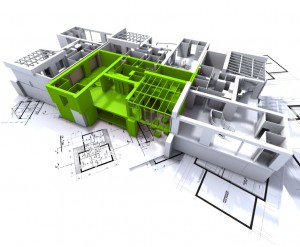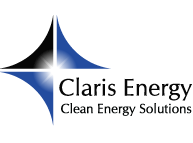 The construction and retrofitting of commercial buildings is a lucrative business opportunity but some entities may find the execution of such projects expensive. Taxation perks are one great possibility for bringing the cost of execution down. The incentive provided under section 179D is one of the options for reducing the cost.
The construction and retrofitting of commercial buildings is a lucrative business opportunity but some entities may find the execution of such projects expensive. Taxation perks are one great possibility for bringing the cost of execution down. The incentive provided under section 179D is one of the options for reducing the cost.
How much can businesses save by adhering to the section 179D requirements? Is the execution of such energy efficiency improvements a good idea and what deduction will these contribute to?
Section 179D Incentive: The Basics
The taxation incentive available under section 179D was extended retroactively in the end of 2014. This means all projects executed during the year and corresponding to the energy efficiency requirements can qualify for the taxation stimulus.
The deduction reaches up to 1.8 dollars per square foot of the commercial building’s surface area. Alternatively, a partial deduction will be available. The partial deduction is 0.6 dollars per square foot for any of the following improvements:
- Building envelope energy efficiency
- Lighting energy efficiency
- HVAC equipment energy efficiency
What does this mean? If an investor executes a project that focuses on building envelope and HVAC energy efficiency, the section 179D incentive will reach up to 1.2 dollar per square foot of the commercial building’s surface area.
A number of different construction projects can be executed. A commercial building is a vague term that could refer to an office, a warehouse, an industrial venue, a shop, a production facility or even a dormitory. A residential building that is redesigned to become a commercial one will also qualify for the incentive.
How Much Money can Businesses Save?
The section 179D tax deduction could reach a significant amount, depending on the complexity of the project and the number of buildings being constructed or retrofitted.
Here’s a simple example that will put things in perspective. An investor decides to build a 50,000 square feet commercial building. The tax deduction for each of the three components (lighting, HVAC and building envelope) will be up to 30,000 dollars (50,000 sq. feet x 0.6 dollars per square foot). If the project features all three kinds of improvements, the total amount of the deduction will be 90,000 dollars.
The construction of a bigger commercial project will obviously result in more significant tax deductions. If the surface area of the project is 750,000 square feet, the individual deduction for each of the three components is going to reach up to 450,000 dollars. Together, the three components add up to a total deduction of 1.35 million dollars.
Having an idea about the construction cost in advance is a good possibility for figuring out whether the section 179D tax deduction will contribute significantly to reducing expenses and simplifying project execution.
You should also keep in mind that buildings have to be certified by a third party to qualify for a taxation incentive. Though this evaluation has a particular cost, the investment in getting the certification will still make a lot of financial sense in the long run.
Steve Nanos
Latest posts by Steve Nanos (see all)
- LED Lighting – A Great EPAct 179D Qualification Possibility - February 3, 2015
- 45L Credit Requirements for Begun Constructions - January 29, 2015
- Can Section 179D Incentives Help Businesses Save a Lot of Money? - January 27, 2015

 609.275.8484
609.275.8484